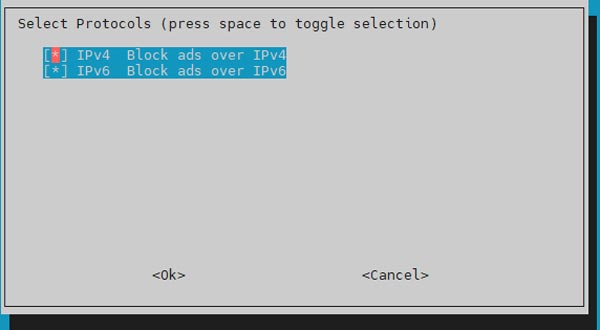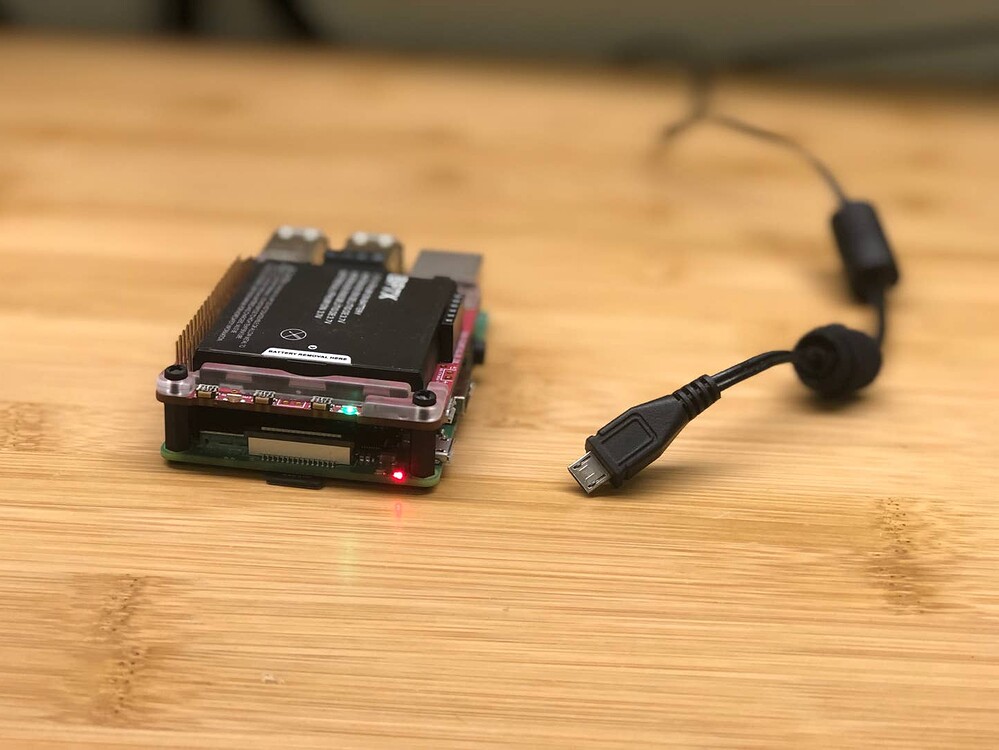

I've noticed that oftentimes, selecting custom doesn't actually set the DNS, it just defaults to Google. You can scroll all the way the way down, select custom, and enter your PiHole IP address. The following screen will ask you about which DNS providers you want to use. I recommend sticking to the IP for now, we'll set up our domain name in a little bit. You can use the public IP or use a DNS entry. If you have the time, go paranoid and get the 521-bit certificate! Note that after this step, you may have to wait quite a while as your Pi generates the certificate.Īfter the Cert is generated, your Pi will then detect your public IP addresss and display it for you as an option for connection.

You'll have the options between 256 and 521 bit. I would recommend looking up your router on and configure your settings.Īs you go through the prompts, you'll be asked to choose a certificate size. There are thousands of router make and models out there, so I didn't take the time to show you how to port forward. Once you have this set up, you should open your port on your router. By default, port 1194 is chosen but you don't have to keep this port! I'd actually recommend changing this from the default: Once that's set up, you'll be asked about your protocol and Port number. The next screen will ask you if you want unintended upgrades, I do recommend agreeing to this so that any security holes are patched as soon as possible. The following screen will show you your current internal IP address and gateway.

You should think about assigning your Pi's Mac Address a static internal IP. You will then be warned about needing a Static IP. The installer will take a few minutes to update and install all dependencies and then take you to the PiVPN installation screen. I won't go through the setup of PiHole so if you are interested in how to set up PiHole, check out my other tutorial here: How to set up PiHole on Raspberry PiĪfter you've SSH'd into your Pi, run the following command to run the PiVPN setup: curl -L | bash Welcome to the 11th Raspberry Pi Tutorial! I've finally settled after moving and am back to making more videos! In this tutorial, we are going to look at how to install PiVPN and then route all traffic through PiHole.


 0 kommentar(er)
0 kommentar(er)
